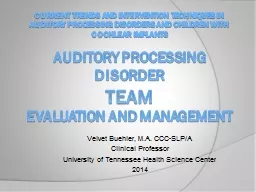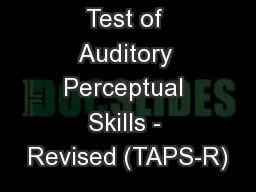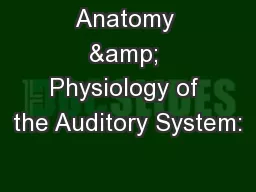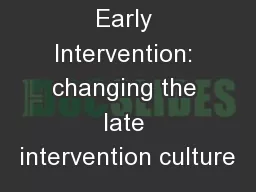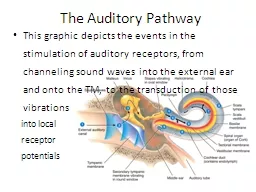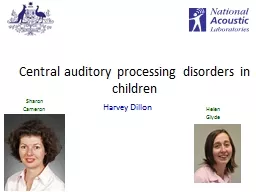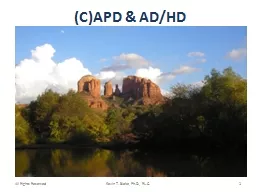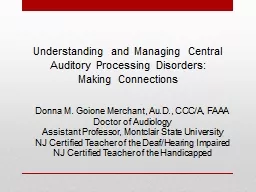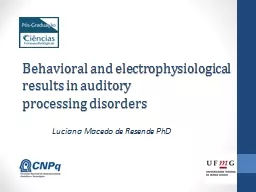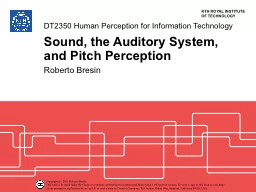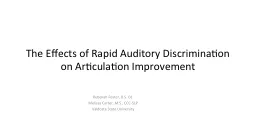PPT-Current Trends and Intervention techniques in Auditory Processing Disorders and Children
Author : genevieve | Published Date : 2022-04-06
Auditory Processing Disorder Team Evaluation and Management Velvet Buehler MA CCCSLPA Clinical Professor University of Tennessee Health Science Center 2014 Disclosure
Presentation Embed Code
Download Presentation
Download Presentation The PPT/PDF document "Current Trends and Intervention techniqu..." is the property of its rightful owner. Permission is granted to download and print the materials on this website for personal, non-commercial use only, and to display it on your personal computer provided you do not modify the materials and that you retain all copyright notices contained in the materials. By downloading content from our website, you accept the terms of this agreement.
Current Trends and Intervention techniques in Auditory Processing Disorders and Children: Transcript
Download Rules Of Document
"Current Trends and Intervention techniques in Auditory Processing Disorders and Children"The content belongs to its owner. You may download and print it for personal use, without modification, and keep all copyright notices. By downloading, you agree to these terms.
Related Documents

